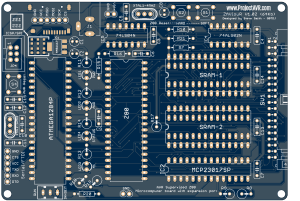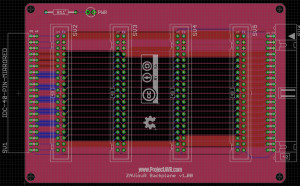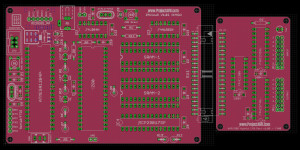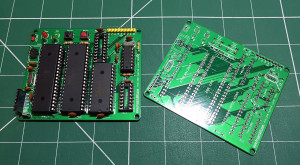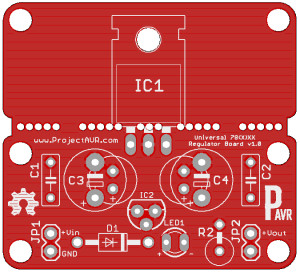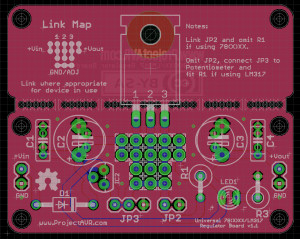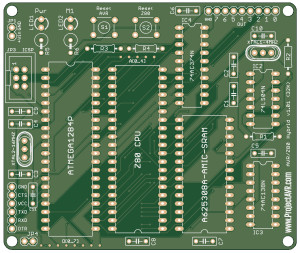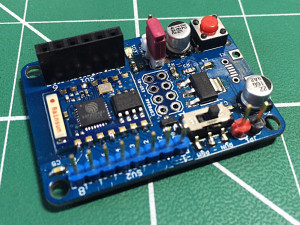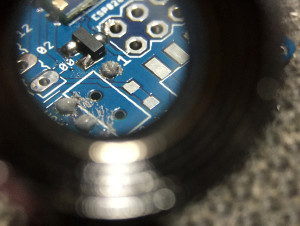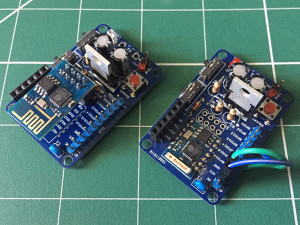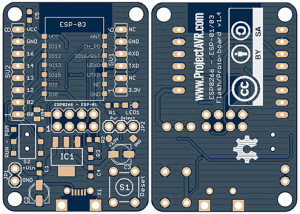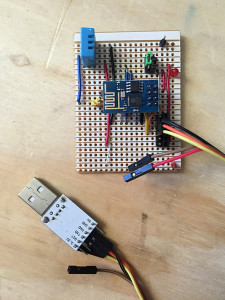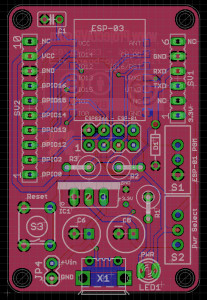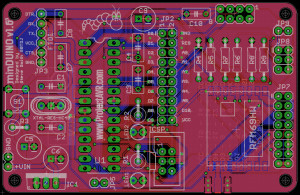Now for something slightly different. In attempt to support this site and a few others that I have online, I’ve looked into ways of earning a few pennies. You may have noticed the (hopefully) few Google ads on the pages. I have discovered another money making technique in the shape of distributed computing. I have long known about this since I ran the SETI@Home software for ages (searching for intelligent life via the Aricebo Radio Telescope). This is slightly different in that the data that each workstation processes does so to test websites and pays the user for doing so. In their own words:
“Gomez PEER is a secure java application that runs in the background of your PC and leverages your system’s idle resources (such as unused processing power, RAM, and bandwidth) to test the performance of many of the world’s most popular websites.”
As the text says, you run a small Java app on your desktop and it uses spare processor cycles. There is a probation period whilst the software works out if your workstation will be useful after which it makes the Java app active. I have been running it for a few days and have potentially made the hansom sum of $0.15! I expect this will grow once the app has been running for a while and goes into it’s active state. The thing to do is to leave it running all the time whether you are using your workstation or not. Since mine runs 24/7, that won’t be an issue for me. It’s not exactly going to make me rich anytime soon but with a few referrals, it may help with the hosting fees.
If you’d like to give it a try, please click on the banner below which will automatically add me as a referrer. If this doesn’t work, please indicate ‘destinysagent’ without the quotes as your referrer when you go through the sign-up process.

Any help given is very much appreciated and helps with hosting a variety of websites including this one.
In other news, I have given the ZAViouR Board a little break, having run up against a few software problems. I aim to be back with it once I complete a few other projects I’m currently working on.

